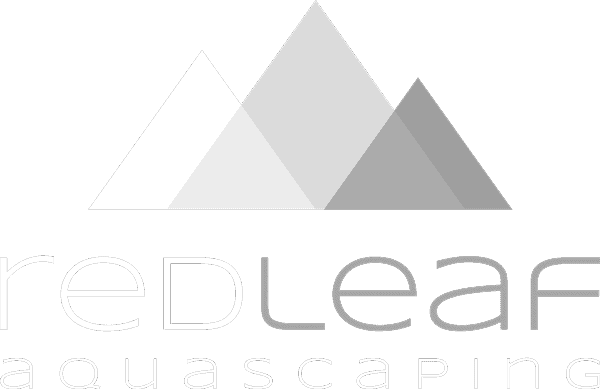Co2 Injection in planted Aquariums
Choosing to use CO2 injection ?
Choosing CO2 injection involves introducing carbon dioxide directly into a tank’s water, allowing aquatic plants to absorb it. While historically labeled as “high tech,” this designation is more about the impact it has on planted tanks than its technological complexity. Despite the misleading term, opting for CO2 injection signifies a significant shift in a tank’s potential, enabling the growth of diverse and more demanding plant species while enhancing their colors and density beyond what’s achievable without CO2.
You’re interested in plants with red or vibrant hues ?
How can you quickly identify images from high-tech tanks? The vividness of red plant colors and the lush density seen here unmistakably indicate the presence of CO2 injection. These outcomes simply aren’t attainable in a planted tank without CO2 infusion. While a handful of red species can thrive in a low-tech setup, employing CO2 opens up a wider array of options and significantly enhances their coloration. If cultivating red plants is a priority for you, mastering the art of CO2 regulation is pivotal.
You aim to cultivate lush carpets effectively?
Numerous smaller carpeting plants pose higher demands and rely on CO2 injection for robust spreading and growth. This includes species like Hemianthus callitriodes ‘cuba’ (HC/dwarf baby tears), Glossostigma elatinoides, and Eleocharis acicularis (Dwarf hair grass).
Under optimal conditions, these carpet plants rapidly propagate and can fill most tanks within a couple of months. Their small size makes them more susceptible to algae, making CO2 injection essential for their vitality and resilience against algae infestation. Adequate CO2 levels reduce the necessity for intense light to facilitate carpet spreading, allowing the plants to channel energy from CO2 absorption to robust vegetative growth. Given the prevalence of high-powered lighting in contemporary planted aquarium setups, insufficient CO2 remains the primary reason why many hobbyists struggle to succeed in cultivating lush carpets.
You’re seeking compact growth forms with high density?
When plants face low CO2 levels, they often develop elongated internodes as a stress response. This prompts them to invest more energy in upward growth, attempting to reach the water’s surface for access to gaseous CO2. Optimal CO2 levels, however, encourage aquatic plants to adopt denser, more aesthetically pleasing growth forms. With sufficient CO2, both leaves and stems become sturdier, reducing susceptibility to algae.


